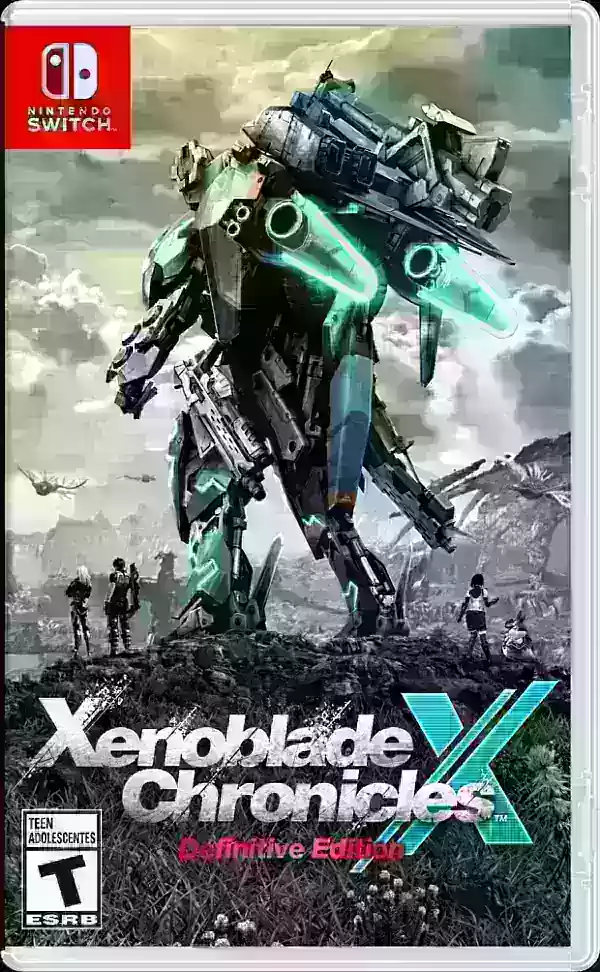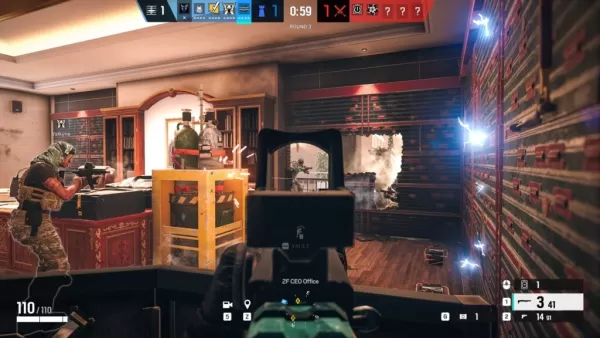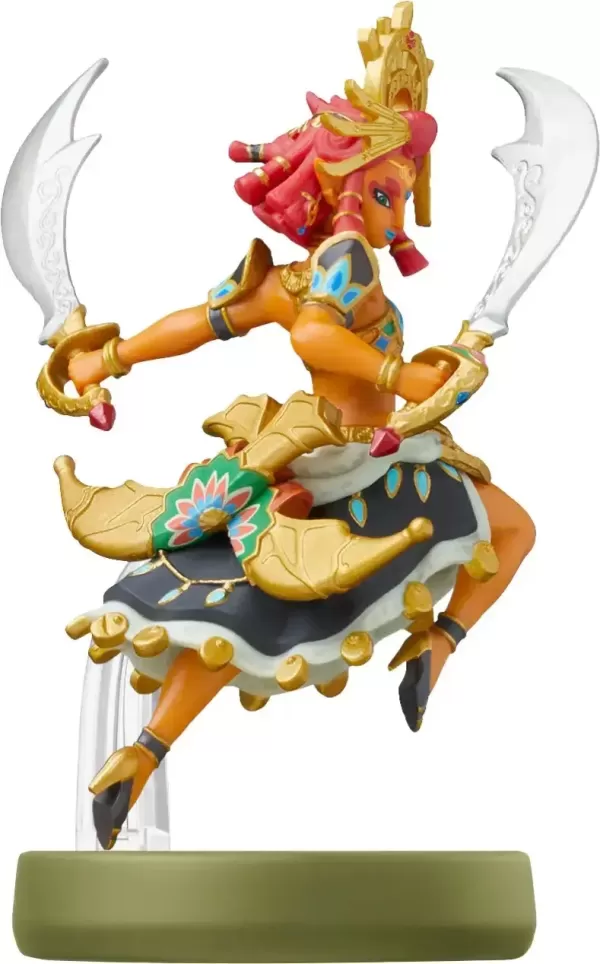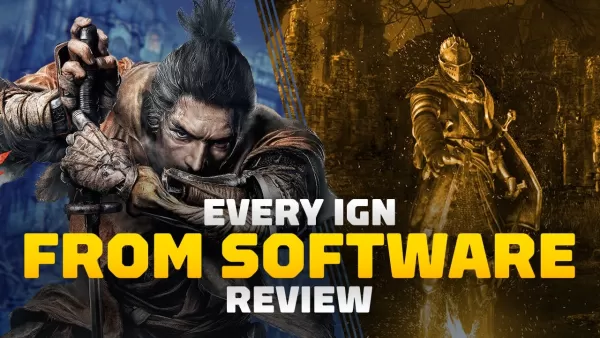AMD GPU Selection: Expert Advice from a Graphics Card Reviewer
When embarking on the journey to build your ultimate gaming PC, the cornerstone of your setup will undoubtedly be the graphics card you choose. In the vast sea of options, opting for an AMD graphics card is a smart move, especially for those who wish to enjoy top-tier performance without breaking the bank on unnecessary frills. All of AMD's current-generation graphics cards support ray tracing and come equipped with FSR (FidelityFX Super Resolution), an upscaling technology that's embraced by a majority of leading PC games.
While there are more potent graphics cards on the market, AMD's offerings, such as the Radeon RX 9070 XT, deliver impressive 4K performance without the exorbitant price tags often seen creeping toward $2,000. For those seeking a mid-range option tailored for 1440p gaming, AMD's solutions shine brightly, offering exceptional value for your investment.
It's also worth noting that AMD's graphics architecture powers both the PlayStation 5 and Xbox Series X, which can simplify the process for developers optimizing console games for PC, potentially enhancing the performance of AMD graphics cards in ported titles. Although this doesn't guarantee flawless optimization across all PC games, it certainly helps. If you're curious about Nvidia's offerings, you can explore my guide on the best Nvidia graphics cards.
Choosing the best AMD GPU isn't about snagging the fastest card and calling it a day. It's about aligning your choice with your gaming resolution and budget constraints. Here’s a rundown on the essentials of graphics cards and how to pick the right one for you.
Graphics Card Basics
Graphics cards are intricate pieces of technology, but you don't need to be an expert to pick a stellar GPU. For AMD graphics cards, it's crucial to identify if it's a current-generation model. AMD recently revamped its naming convention, with the AMD Radeon RX 9070 XT launching as the top-tier graphics card, succeeding the RX 7900 XTX. A key point to remember is that any AMD card starting with '9' is from the latest generation, while '7' and '6' denote the previous generations.
Some AMD graphics card models are tagged with “XT” or “XTX,” indicating a performance boost but not quite entering the next performance tier. This naming system began with the Radeon RX 5700 XT in 2019. Prior to this, AMD used a three-digit naming system, like the RX 580 or RX 480, which are now outdated and best avoided unless you're getting a deal under $100.
A handy rule of thumb is "higher number = better performance," but diving into specific specs can give you a clearer picture. VRAM, or video memory, is a vital spec to consider. More VRAM is beneficial, particularly at higher resolutions. At 1080p, 8GB suffices for most games, but for 1440p, you'll want 12GB to 16GB, especially for graphically demanding titles. At 4K, maximizing VRAM is advisable, which is why the Radeon RX 9070 XT comes with 16GB.
Another spec to look at is the number of compute units, each containing dozens of streaming multiprocessors (commonly known as shaders or CUDA cores for Nvidia). For the latest AMD graphics cards, each compute unit boasts 64 Streaming Multiprocessors. For example, the Radeon RX 7900 XTX, with its 96 Compute Units, has a total of 6,144 SMs.
Recent AMD graphics cards also feature dedicated ray tracing hardware within each Compute Unit. In the latest models, each CU includes 1 RT Core, summing up to 96 for the 7900 XTX. More RT Cores generally translate to better ray tracing performance.
Once you've chosen your graphics card, ensure your PC can support it. Check your case size, especially for high-end GPUs, and verify your power supply's wattage against the card's requirements, as listed by the manufacturer.
TL;DR: These Are the Best AMD Graphics Cards
 The best 4K AMD graphics card### Sapphire Pulse Radeon RX 7900 XTX
The best 4K AMD graphics card### Sapphire Pulse Radeon RX 7900 XTX
8See it at Amazon Best AMD Graphics Card (For Most People)### AMD Radeon RX 9070 XT
Best AMD Graphics Card (For Most People)### AMD Radeon RX 9070 XT
6See it at Newegg Best AMD Graphics Card for 1440p### AMD Radeon RX 9070
Best AMD Graphics Card for 1440p### AMD Radeon RX 9070
5See it at Newegg Best AMD Graphics Card for 1080p### Gigabyte Radeon RX 7600 XT Gaming OC Windforce
Best AMD Graphics Card for 1080p### Gigabyte Radeon RX 7600 XT Gaming OC Windforce
6See it at Amazon Best AMD Graphics Card on a Budget### XFX Speedster SWFT Radeon RX 6600
Best AMD Graphics Card on a Budget### XFX Speedster SWFT Radeon RX 6600
5See it at Amazon
If You Just Want the Best: AMD Radeon RX 9070 XT
 Best AMD Graphics Card (For Most People)### AMD Radeon RX 9070 XT
Best AMD Graphics Card (For Most People)### AMD Radeon RX 9070 XT
6The AMD Radeon RX 9070 XT is an excellent 4K graphics card that won't cost you an arm and a legSee it at NeweggProduct SpecificationsStreaming Multiprocessors4096Base Clock1660 MHzGame Clock2400 MHzVideo Memory16GB GDDR6Memory Bandwidth644.6 GB/sMemory Bus256-bitPower Connectors2 x 8-pinPROSExcellent 4K gaming performance for the moneyPlenty of VRAMCONSBrings GPU prices down to sanity (in theory)
The AMD Radeon RX 9070 XT did something incredible: it brought back the days when Team Red genuinely beat Nvidia graphics cards from a value perspective. Launched at $599, significantly cheaper than the $749 RTX 5070 Ti, it's faster on average. My review of the Radeon RX 9070 XT showed it was on average 2% faster than the RTX 5070 Ti across a comprehensive test suite. This marginal yet significant advantage over Nvidia's more expensive option is a testament to Team Red's prowess. The Radeon RX 9070 XT not only delivers impressive 4K gaming but also handles ray tracing well, closing the gap with Nvidia's capabilities.
AMD Radeon RX 9070 XT & 9070 – Benchmarks
The AMD Radeon RX 9070 XT also introduces FSR 4, an AI-driven upscaling technology that enhances image quality, though it incurs a 10% performance loss compared to FSR 3.1. However, the improved image quality makes this trade-off worthwhile, particularly in single-player games where frame rate isn't the top priority.
The future of AMD's graphics card lineup remains to be seen, but the Radeon RX 9070 XT currently offers top-notch 4K performance for its price, making it a compelling choice for gamers seeking value and performance.
Best For 4K: AMD Radeon RX 7900 XTX
 The best 4K AMD graphics card### Sapphire Pulse Radeon RX 7900 XTX
The best 4K AMD graphics card### Sapphire Pulse Radeon RX 7900 XTX
8The AMD Radeon RX 7900 XTX is an extremely powerful graphics card, easily able to power most AAA games at 4K max settings. See it at AmazonProduct SpecificationsStreaming Multiprocessors6144Base Clock1929MHzGame Clock2365MHzVideo Memory24GBMemory Bandwidth960 GB/sMemory Bus384-bitPower Connectors 2 x 8-pinOutputs1 x HDMI 2.1a, 2 x DisplayPort 2.1, 1 x USB-CPROSExcellent performance at 4KMore VRAM than you'll need for gamingCONSCan fall behind in ray tracing performance
For those willing to invest in a top-of-the-line gaming PC, the AMD Radeon RX 7900 XTX, priced around $900, is a powerhouse. It matches or outperforms the pricier Nvidia GeForce RTX 4080 in many tests, offering superior value. My repeated testing of the RX 7900 XTX continues to impress, especially in games that don't heavily rely on ray tracing. For example, in Forza Horizon 5, it's nearly neck-and-neck with the RTX 4080 Super, and in Total War: Warhammer 3, it outperforms by up to 8%.
While the AMD Radeon RX 9070 XT has taken the lead in some 4K games, the 7900 XTX's 24GB of RAM ensures it excels in games with high-resolution textures. If you're ready to spend a thousand dollars on a single component, the RX 7900 XTX offers unmatched performance for traditional gaming.
Best for 1440p: AMD Radeon RX 9070
 Best AMD Graphics Card for 1440p### AMD Radeon RX 9070
Best AMD Graphics Card for 1440p### AMD Radeon RX 9070
5While its priced uncomfortably close to the RX 9070 XT, the Radeon RX 9070 is an excellent 1440p graphics card for the money. See it at NeweggProduct SpecificationsStreaming Multiprocessors3584Base Clock1330 MHzGame Clock2520 MHzVideo Memory16GB GDDR6Memory Bandwidth644.6 GB/sMemory Bus256-bitPower Connectors2 x 8-pinPROSExcellent 1440p gaming performanceBrings AI upscaling to an AMD graphics cardCONSPriced a little too closely to the RX 9070 XT
The AMD Radeon RX 9070 might be overshadowed by the 9070 XT, but for those focused on 1440p gaming, it's a solid choice. My review highlighted its ability to achieve triple-digit frame rates in most games at 1440p, and even in games where it reached 70 fps, disabling ray tracing boosted performance significantly. It also outperforms the Nvidia RTX 5070 by an average of 12%, despite similar pricing.
With the introduction of FSR 4, the RX 9070 offers enhanced image quality, though at the cost of some performance. This feature, which can be toggled off for higher frame rates, makes the RX 9070 a versatile option for 1440p gamers.
Best for 1080p: AMD Radeon RX 7600 XT
 Best AMD Graphics Card for 1080p### Gigabyte Radeon RX 7600 XT Gaming OC Windforce
Best AMD Graphics Card for 1080p### Gigabyte Radeon RX 7600 XT Gaming OC Windforce
6With 16GB of VRAM, the AMD Radeon RX 7600 XT is going to power top-end games at 1080p for years to come. See it at AmazonProduct SpecificationsStreaming Multiprocessors2048Base Clock1980 MHzGame Clock2470 MHzVideo Memory16GB GDDR6Memory Bandwidth288 GB/sMemory Bus128-bitPower Connectors1 x 8-pinOutputs1 x HDMI 2.1a, 3 x DisplayPort 2.1PROSSolid performance for the moneySmall enough to fit in any PC buildCONSWill struggle in some super-demanding games with ray tracing enabled
1080p remains the most popular gaming resolution, and the AMD Radeon RX 7600 XT, available for as low as $309, is perfect for this setup. My review showed it excels at 1080p, delivering over 100fps in demanding games like Forza Horizon 5 and Far Cry 6. It handles games without ray tracing exceptionally well, achieving 89fps in Total War: Warhammer 3.
While it struggles with more intense ray tracing settings in games like Cyberpunk 2077, where it manages 44fps, the RX 7600 XT's 16GB of GDDR6 memory ensures it's future-proofed for upcoming titles, making it an excellent choice for budget-conscious gamers.
Best on a Budget: AMD Radeon RX 6600
 Best AMD Graphics Card on a Budget### XFX Speedster SWFT Radeon RX 6600
Best AMD Graphics Card on a Budget### XFX Speedster SWFT Radeon RX 6600
5The AMD Radeon RX 6600 is a last-gen graphics card, but it's still able to pump out the frames in 1080p games, especially if you play a lot of esports games with friends. See it at AmazonProduct SpecificationsStreaming Multiprocessors1792Base Clock1626 MHzGame Clock2044 MHzVideo Memory8GB GDDR6Memory Bandwidth224 GB/sMemory Bus128-bitPower Connectors1 x 8-pinOutputs1 x HDMI 2.1, 3 x DisplayPort 1.4aPROSGreat for esportsVery affordableCONSIt's a last-gen graphics card
Although a last-generation model, the AMD Radeon RX 6600, priced at around $199, remains a strong contender for budget gamers. My 2021 review for TechRadar highlighted its ability to compete with more expensive cards at 1080p, delivering 134fps in Final Fantasy XIV and 85fps in Horizon Zero Dawn. While newer, more demanding games might pose a challenge, the RX 6600 is ideal for esports and less intensive genres, offering great value for money.
What is FSR?
FidelityFX Super Resolution, or FSR, is AMD's upscaling technology for PC, which uses information from recent frames and motion vectors to upscale lower resolution frames to your native resolution. Initially a software-based solution, FSR 3.1 uses the same streaming multiprocessors for rendering, offering less performance uplift than AI-based models like Nvidia's DLSS. However, it still boosts frame rates significantly compared to native high-resolution rendering.
With the AMD Radeon RX 9070 and 9070 XT, AMD introduced FSR 4, utilizing AI accelerators for more accurate upscaling and improved image quality, at the cost of some performance. FSR 4 also includes frame generation, enhancing performance by adding frames between rendered ones, though it can introduce latency at lower frame rates. It's best used when you're already achieving 50-60fps.
What is Ray Tracing?
Ray tracing is a technique for realistically rendering light in 3D scenes, allowing light to bounce naturally rather than being statically directed by developers. This increases the GPU's workload, particularly in real-time applications. Initially, games like Battlefield 1 used ray tracing for specific elements like reflections or shadows, but advancements in RT cores have enabled full ray tracing or path tracing in games like Cyberpunk 2077 and Black Myth: Wukong, enhancing visual fidelity at the cost of performance, often requiring upscaling solutions like FSR to maintain playability.















![After Guardian Angel [remake '17]](https://imgs.21all.com/uploads/77/1731989317673c0f45bdf26.jpg)













